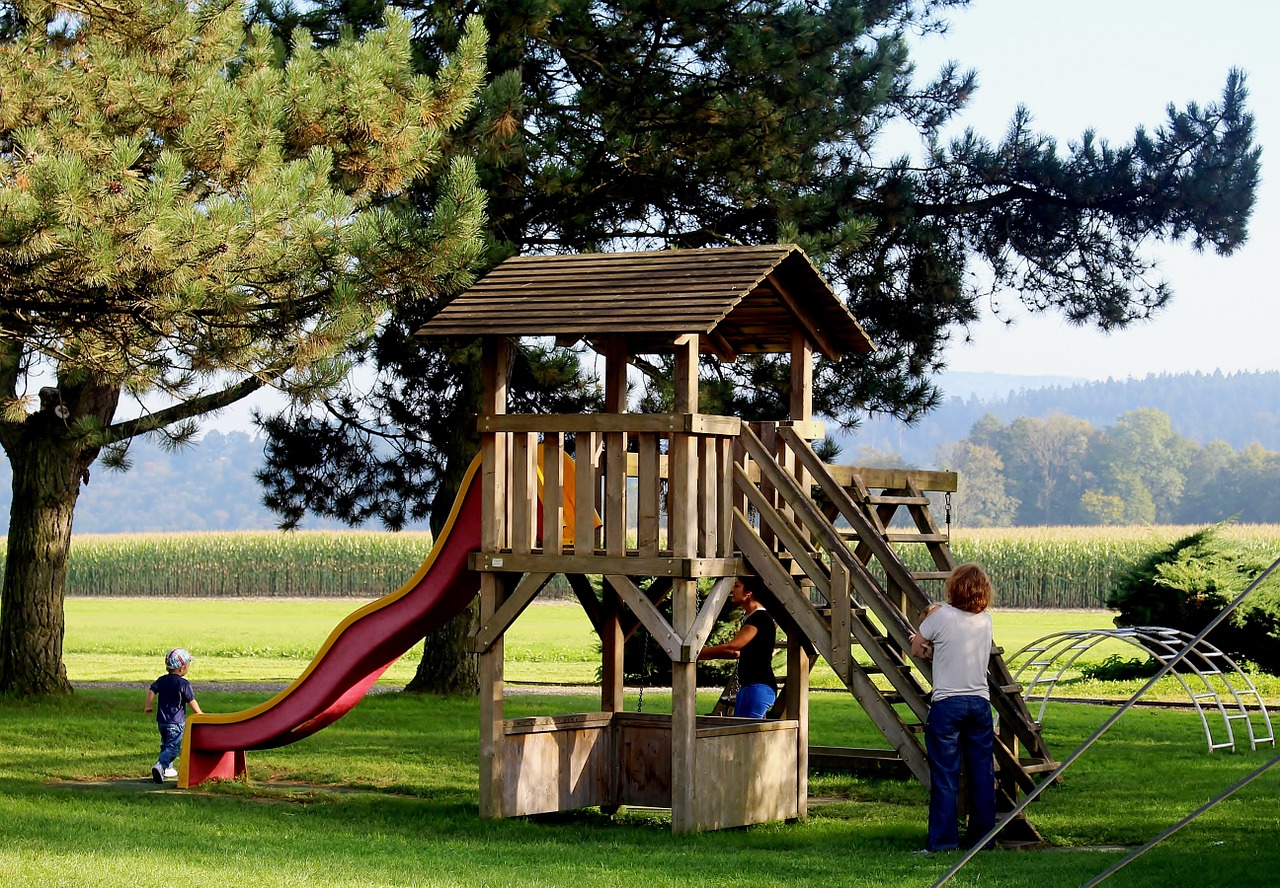
Vocabulary:
I will read the words, meanings, and sample sentences. Then, repeat after me.
- constitute /KON-sti-toot/
- put something on the table /poot on thuh TEY-buhl/
- junk /juhngk/
- interweave /in-ter-WEEV/
- merriment /MER-ee-muhnt/
[verb] – to form or make something
The university constituted a plan to preserve its textbooks.
[idiom] – to present something, such as a proposal, plan or offer
Could you put your suggestions on the table, please?
[noun] – things that are considered to be of no use or value, or of low quality
I already threw away the junk in the storage area.
[verb] – to put together or combine two or more things so that they cannot be separated easily
She’s well-known for interweaving fictional and non-fictional elements in her novels.
[noun] – fun
The family spent the rest of their holidays in Hawaii with merriment.
Article reading:
Please read the whole article. Then, I will check your pronunciation and intonation.
Every individual defines “fun” differently. We could go out for a late-night drink with our friends, go shopping, or simply watch movies at home while sitting comfortably on the bed or sofa with a bowl of popcorn on hand. But the Nordics have much to teach us about what it truly means to have fun the dirty way.
Germany in the 1850s constituted the concept of building a playground with specifically designed equipment, and the first playgrounds were built in Manchester, United Kingdom, and later Boston, Massachusetts. However, the philosophy of free play in Scandavania has resulted in more inspiring environments. It all began when Danish architect Carl Theodor Sørensen put the idea of skrammellegepladser or “junk playgrounds” on the table. His goal was to provide urban kids with the same opportunities to play as children in the rural. He’d discovered that kids would prefer to play elsewhere than at the playgrounds he’d designed, and was inspired by witnessing children turn construction sites into play places in the 1930s. Roughly four decades later, Sørensen’s influence reached Glasgow via Assemble Studio. The Turner Prize-winning team’s Baltic Street Adventure Playground debuted in 2013, an adventure playground where mud is the key element. Today, play cities like Copenhagen in Denmark are not restricted to specific areas or to children. Basketball courts in the streets and slides constructed into hillsides are interwoven into the concept of play in an urban environment.
Playing is all about freedom. So the next time we go out to relish in our free time, let’s get our clothes soiled with mud, dirt, sweat, and merriment!
Germany in the 1850s constituted the concept of building a playground with specifically designed equipment, and the first playgrounds were built in Manchester, United Kingdom, and later Boston, Massachusetts. However, the philosophy of free play in Scandavania has resulted in more inspiring environments. It all began when Danish architect Carl Theodor Sørensen put the idea of skrammellegepladser or “junk playgrounds” on the table. His goal was to provide urban kids with the same opportunities to play as children in the rural. He’d discovered that kids would prefer to play elsewhere than at the playgrounds he’d designed, and was inspired by witnessing children turn construction sites into play places in the 1930s. Roughly four decades later, Sørensen’s influence reached Glasgow via Assemble Studio. The Turner Prize-winning team’s Baltic Street Adventure Playground debuted in 2013, an adventure playground where mud is the key element. Today, play cities like Copenhagen in Denmark are not restricted to specific areas or to children. Basketball courts in the streets and slides constructed into hillsides are interwoven into the concept of play in an urban environment.
Playing is all about freedom. So the next time we go out to relish in our free time, let’s get our clothes soiled with mud, dirt, sweat, and merriment!
Discussion Questions:
I will read each question. Then, please answer them.
- When was the last time you have been to a playground? Please tell me more about it.
- Do you and your friends usually go to the playground? Why or why not?
- If you could go back in time as a child, would you prefer to have more freedom in the playground? Please elaborate on your answer.
- Do you think the concept of fun nowadays is different from back then?
- For you, why is it important to develop the philosophy of free play in modern times?
Summarization
Please summarize the whole article using your own words and expressions. You will have one minute to prepare before you answer.
Describe:
Please explain the definition of each word listed below based on your understanding. You can provide example sentences if needed.
- specifically
- rural
- construction
- debut
- relish